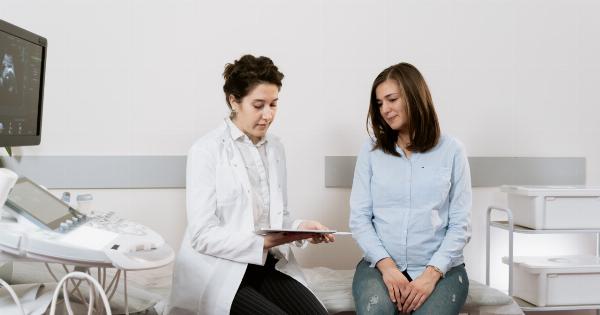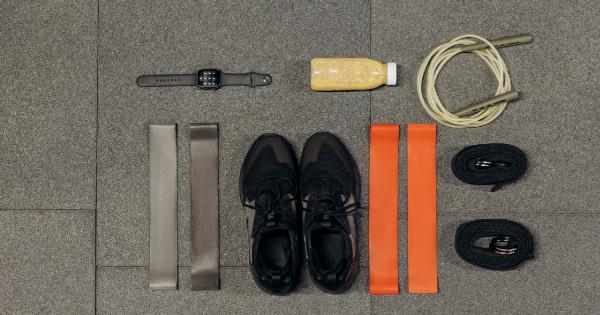When it comes to the places we live, work, and play, safety and comfort are two of the most important factors we look for. But did you know that the two actually go hand in hand?.
The Importance of Comfortable Spaces
Comfortable spaces are essential for our well-being. From homes to offices to public places, we all want to be in environments that are pleasant, welcoming, and make us feel at ease.
There are several factors that contribute to the level of comfort in a space, including:.
Temperature
Whether it’s too hot or too cold, extreme temperatures can make us feel uncomfortable and even affect our health. That’s why maintaining a comfortable temperature is key to creating a comfortable space.
Lighting
Lighting can affect our mood, productivity, and overall well-being. Proper lighting can help create a comfortable and welcoming environment.
Furniture and Layout
The furniture and layout of a space can also contribute to its comfort level. Comfortable seating and a well-organized space can make all the difference.
Noise Levels
Noise levels can also play a role in our comfort levels. Loud, disruptive noises can be distracting and make it difficult to concentrate or relax.
Cleanliness
A clean space is a comfortable space. A clean environment can reduce stress and promote well-being.
The Importance of Safe Spaces
Along with comfort, safety is a crucial factor when it comes to creating environments where we feel at ease and secure.
A safe space is one where we feel protected from potential harm or danger. This can include physical safety, as well as emotional and psychological safety.
Physical Safety
Physical safety is a basic need for all of us. We want to know that we are safe from harm or danger in the places we live, work, and play. This can include things like:.
- Secure entrances and exits
- Working smoke detectors and fire alarms
- Safe walking areas and sidewalks
- Good lighting
Emotional and Psychological Safety
Emotional and psychological safety can be just as important as physical safety. We want to feel safe from emotional harm or threats to our well-being. This can include things like:.
- A positive and supportive work environment
- Clear communication and respectful interactions
- Freedom from bullying or harassment
- Mental health resources and support
How Comfort and Safety Work Together
While comfort and safety may seem like two separate things, they are actually closely related. Here are some ways that the two intersect:.
Feeling Safe Increases Comfort
When we feel safe in a space, we are more likely to feel comfortable and at ease. Knowing that we are protected from harm or danger can help us relax and enjoy our surroundings.
Comfortable Spaces Promote Safety
On the other hand, when a space is comfortable and welcoming, people are more likely to feel safe and secure there. A well-lit, clean, and organized space can prevent accidents and discourage potential threats.
Both Are Essential for Well-Being
Both comfort and safety are essential for our well-being. A space that is comfortable but not safe can feel intimidating and stressful. A space that is safe but uncomfortable can be unpleasant and unwelcoming.
By combining the two, we can create environments that promote both physical and mental well-being.
Conclusion
Creating spaces that are both comfortable and safe is essential for our well-being.
By paying attention to factors like temperature, lighting, furniture and layout, noise levels, and cleanliness, we can create environments that are comfortable and welcoming.
At the same time, we must also prioritize physical, emotional, and psychological safety, with secure entrances and exits, working smoke detectors and fire alarms, safe walking areas and sidewalks, good lighting, clear communication, respect, mental health resources, and support. By combining comfort and safety, we can create spaces that promote both physical and mental well-being.





























